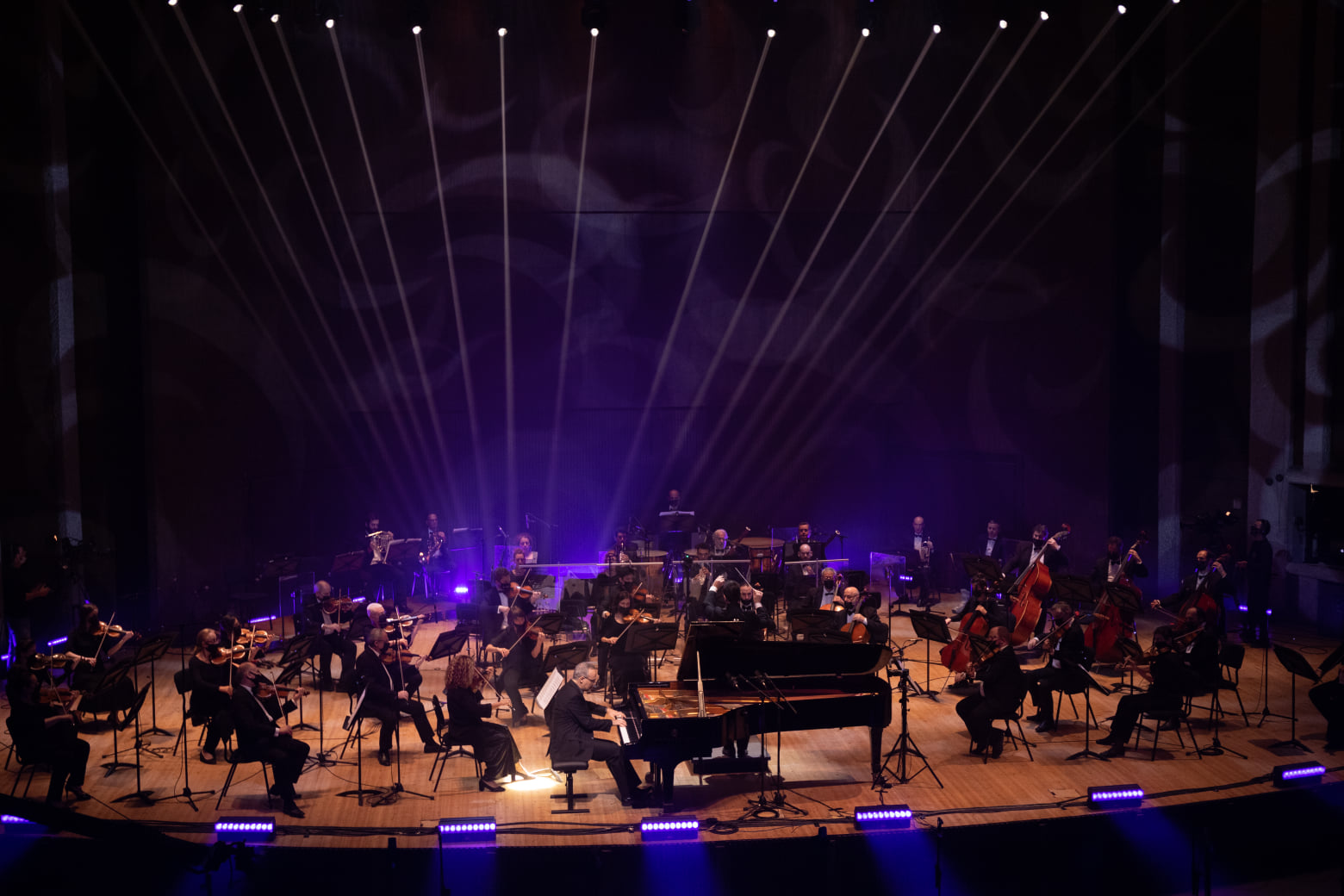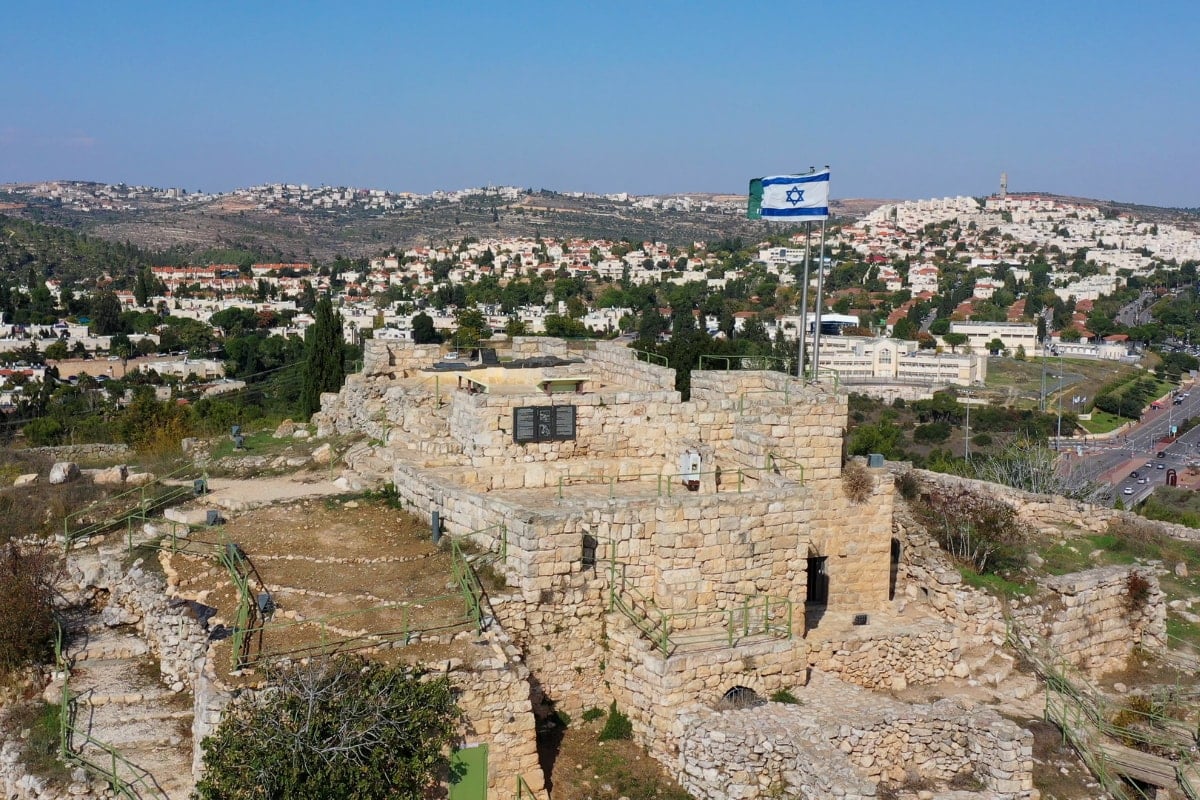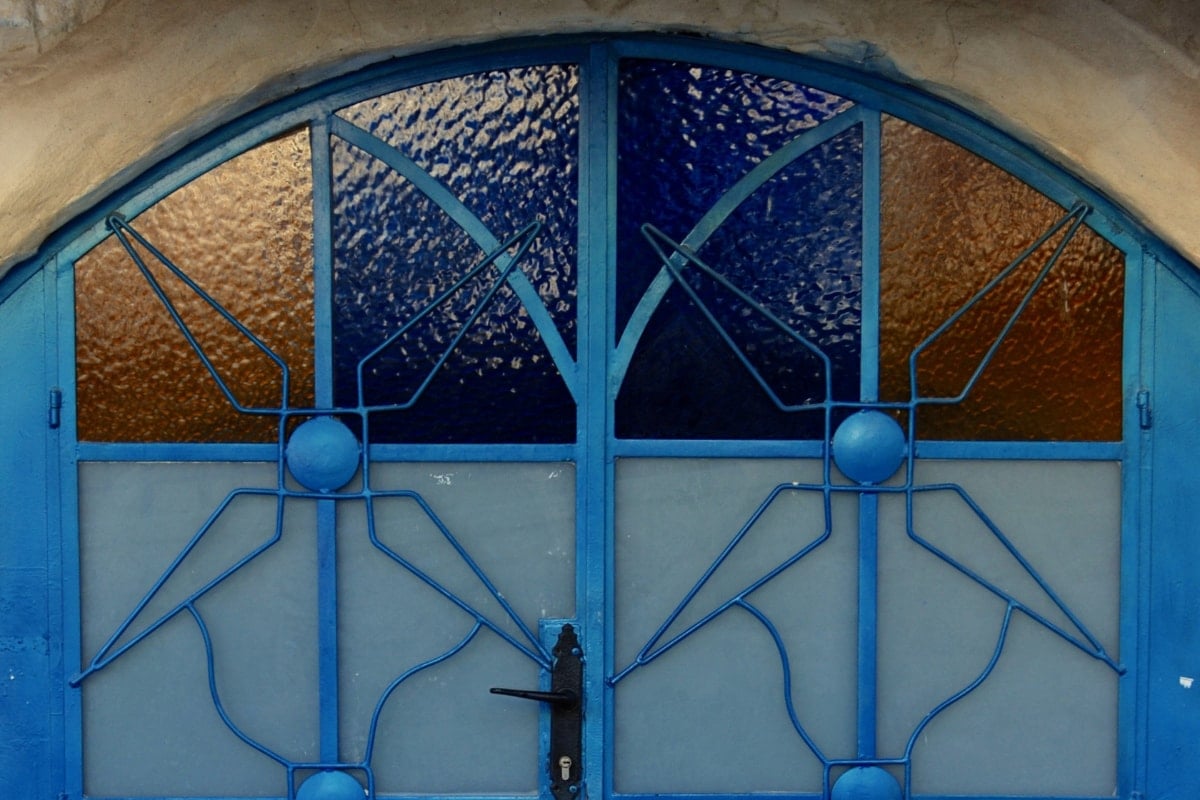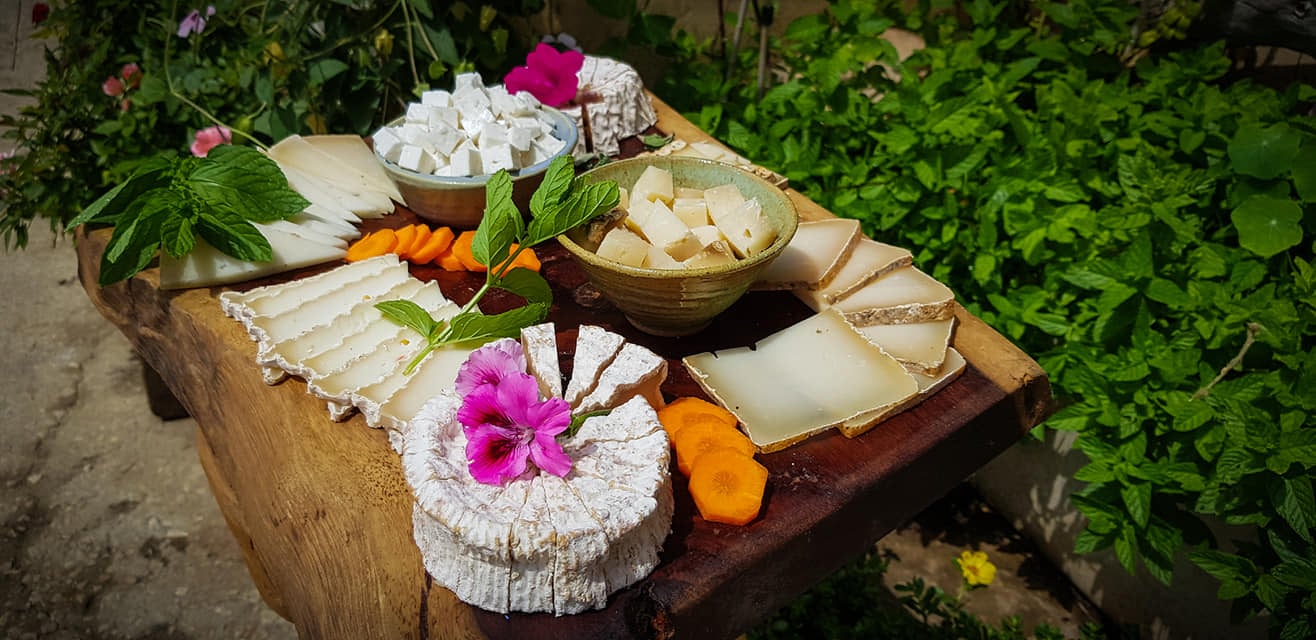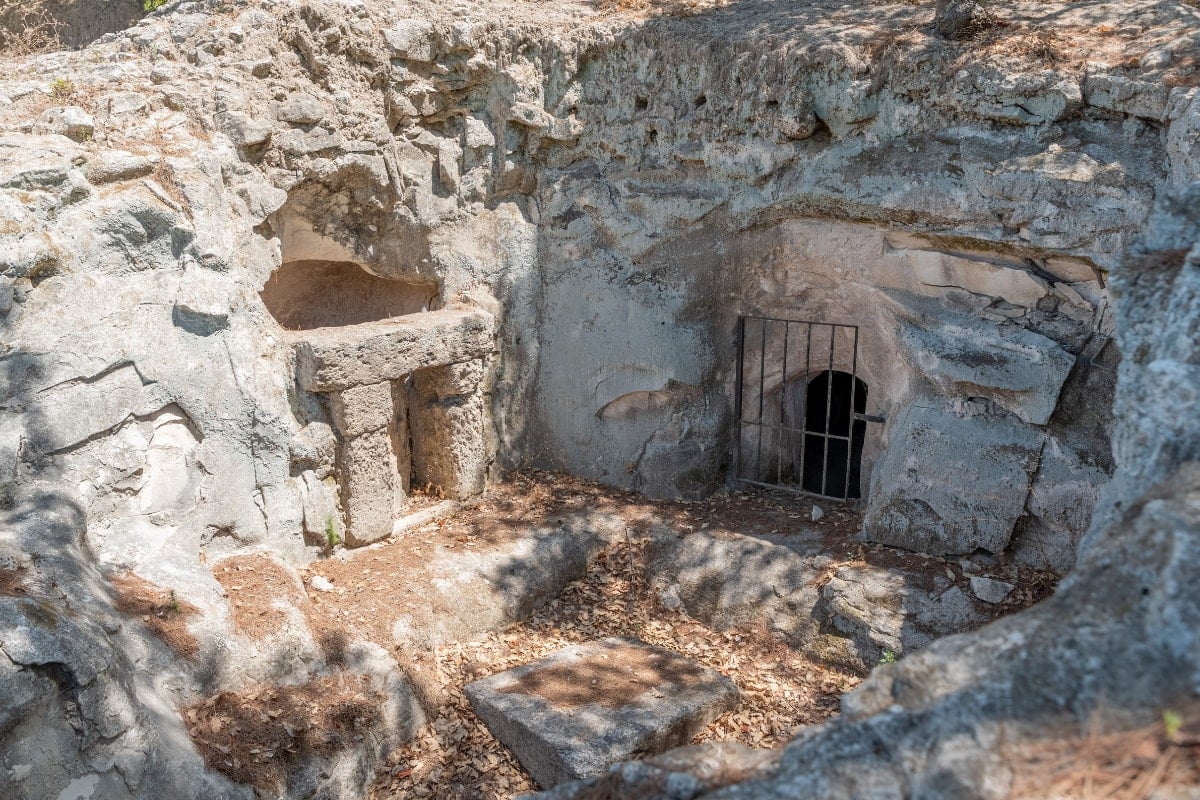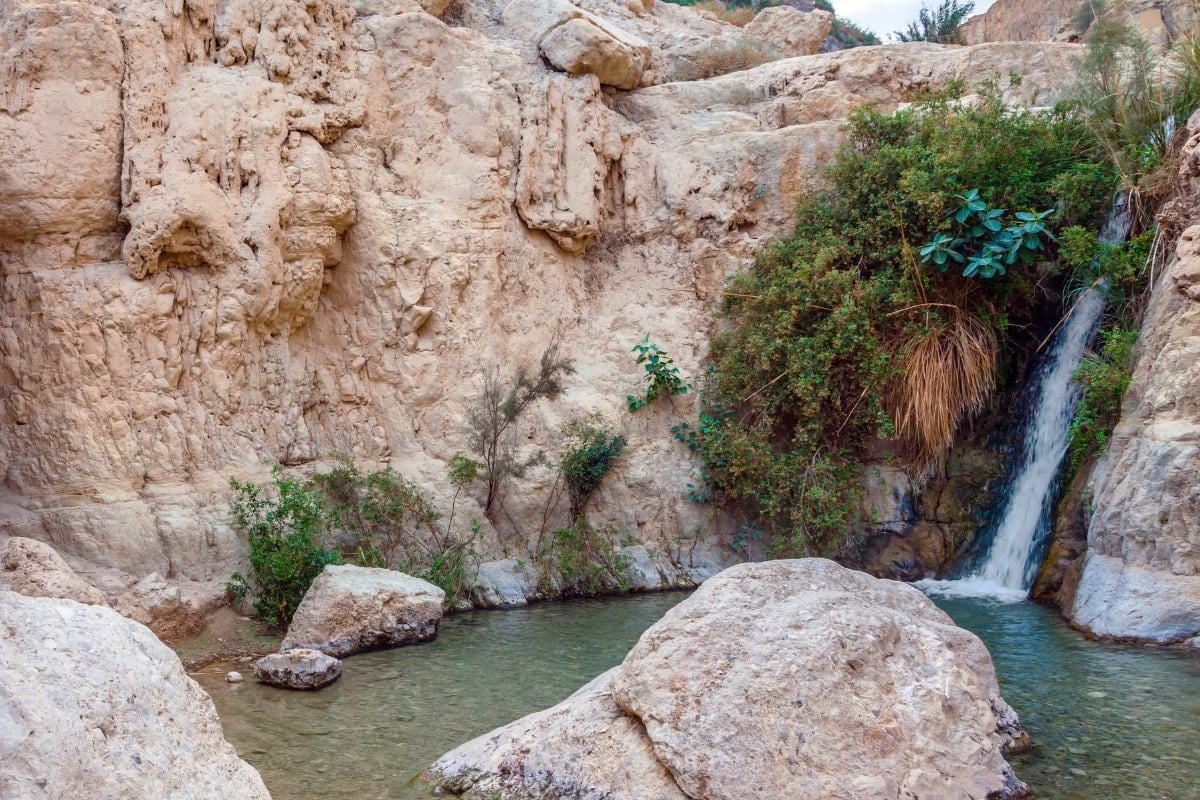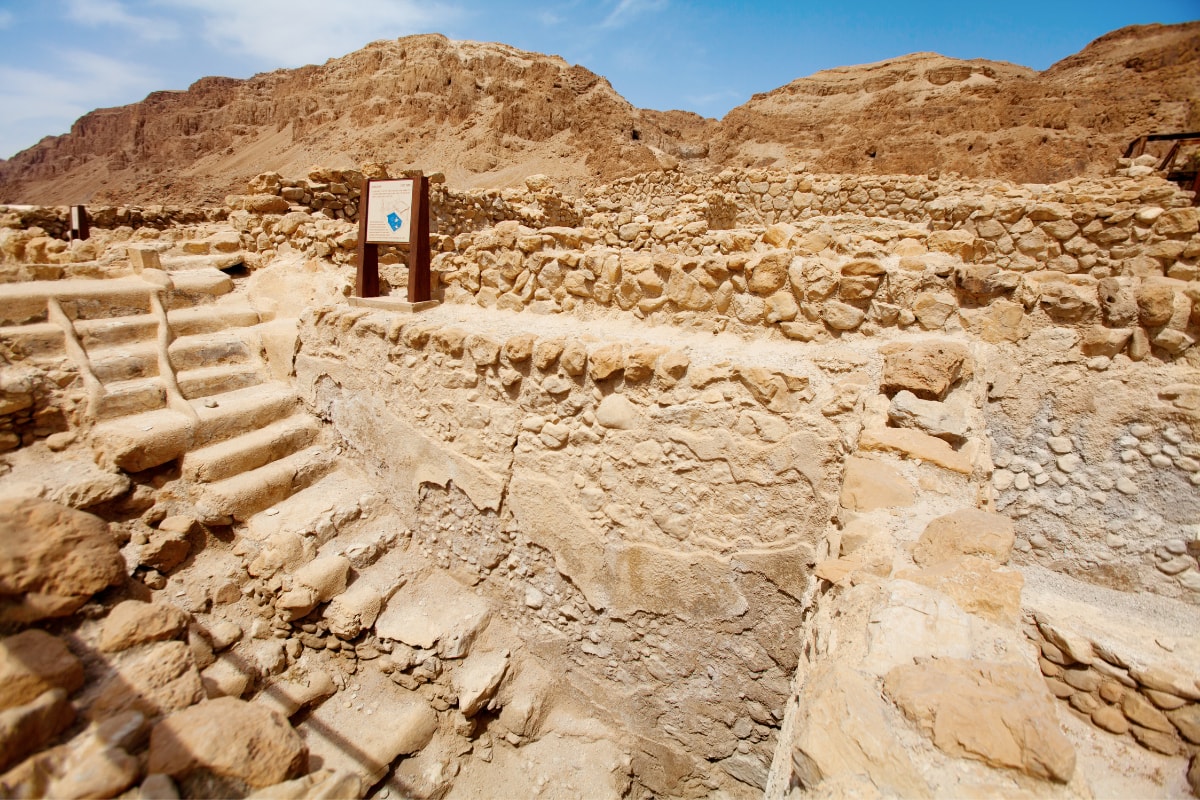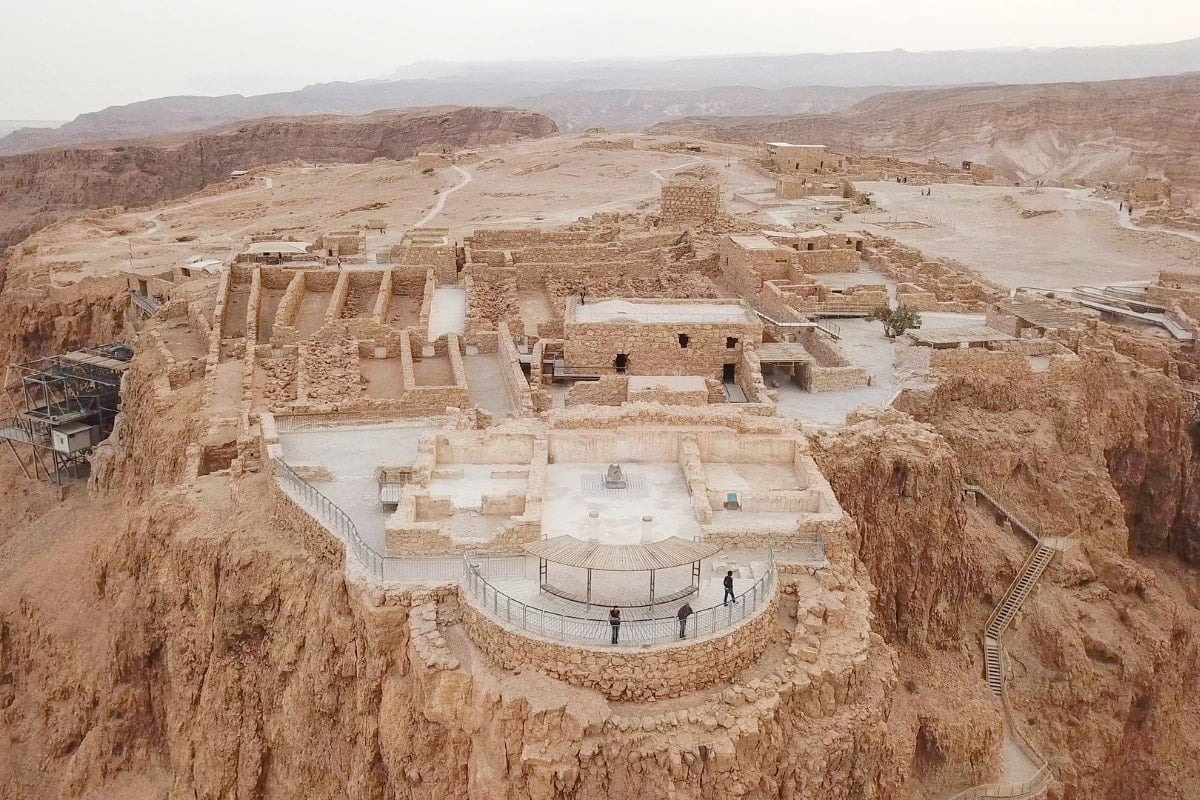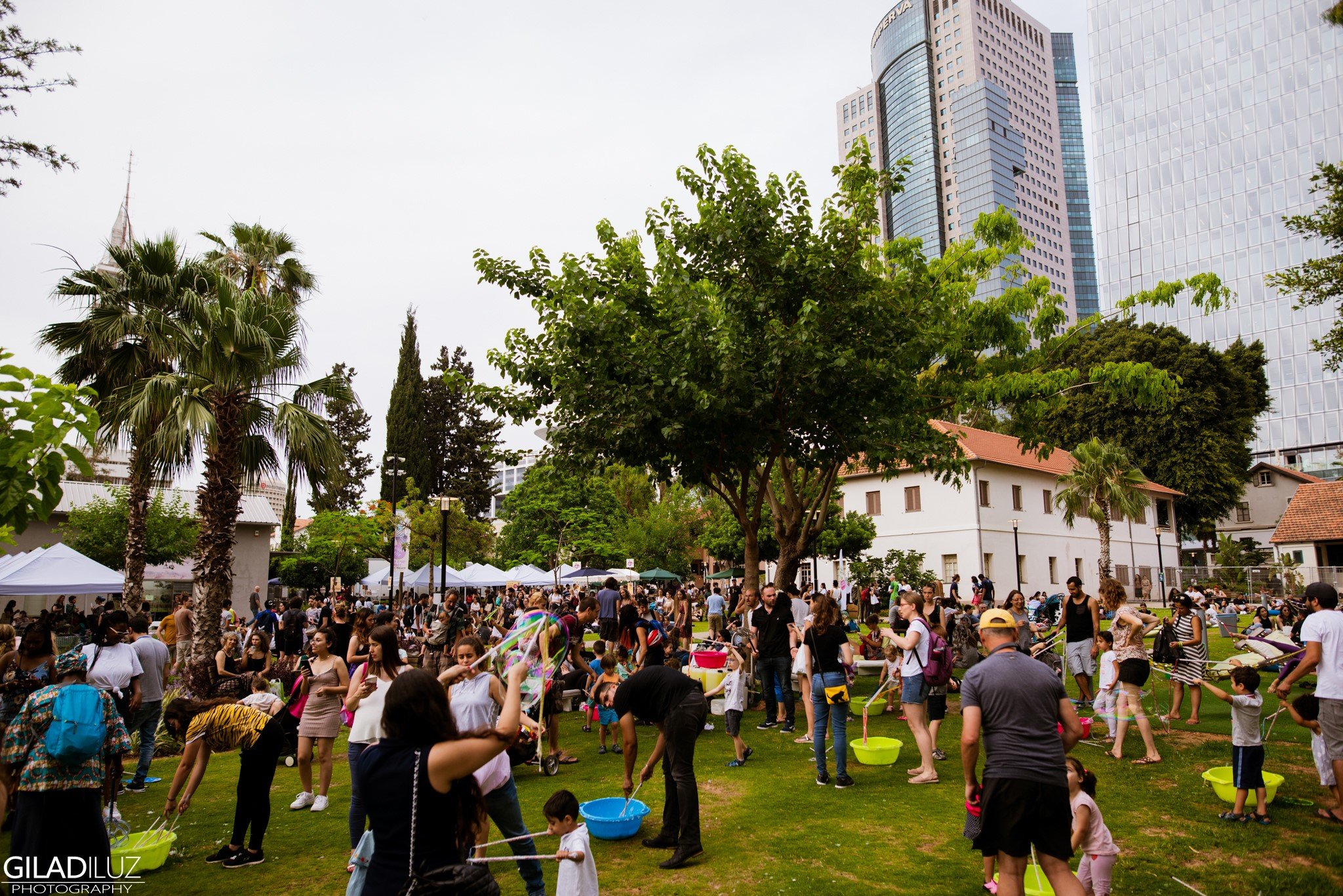The Jerusalem Theater (Hebrew: תאטרון ירושלים), which opened in 1971, is a center for the performing arts in Jerusalem, Israel. The complex consists of the Sherover Theater, seating 950 people, the Henry Crown Symphony Hall (home of the Jerusalem Symphony Orchestra), seating 750 people, the Rebecca Crown Auditorium, seating 450 people, and the Little Theater, seating 110 people. Additionally, rotating art exhibits are held in the main foyer and other locations throughout the building, while a restaurant and bookshop operate on the ground floor.
Site Tag: Attraction
Jerusalem Botanical Gardens
The Jerusalem Botanical Gardens (JBG) is located in the Jerusalem neighborhood of Nayot, sitting on the southeastern edge of the Givat Ram campus of Hebrew University of Jerusalem. The garden is arranged in photographic sections, featuring flora of various regions around the world. The Jerusalem Botanical Gardens opened to the public in 1985. The tropical conservatory opened in 1986, while the South African segment was planted in 1989. The Hank Greenspan Entrance Plaza, Dvorsky Visitors’ Center, and restaurant were built in 1990. The garden’s Japanese wing contains over 150 bonsai trees, the largest concentrated collection of bonsai trees in the world. Additionally, birdwatchers have identified 46 species of birds that visit the Gardens throughout the year. Photo Credit: Jerusalem Botanical Gardens
Castel National Park
Castel National Park (גן לאומי קסטל) is an Israeli national park consisting of a fortified summit. It is located in the Judean Mountains in the former Arab village of Al-Qastal. It is located 8 km west of Jerusalem, connecting to a road leading to Tel Aviv (Highway 1). The site is mostly known as the place of the key battles of Operation Nachshon, which were held in April 1948 during the 1948 Arab–Israeli War. Fierce battles that claimed many lives took place there as Arabs and Jews fought for control of the site, which overlooked the main Tel Aviv-Jerusalem highway. The Castel exchanged hands several times in the course of the fighting. The tides turned when the revered Arab commander, Abd al-Qadir al-Husayni, was killed. Many Arabs left their positions to attend al-Husayni’s funeral at the Al-Aqsa Mosque on Friday, April 9th. That same day, the Castel fell to the Israeli forces, virtually unopposed. The national park includes a memorial for the Israeli soldiers who died there. In 1980, Yitzhak Yamin designed a monument to honor these fallen soldiers. Additionally, there is a memorial representing the convoys who attempted to break through the blockade of Jerusalem.
Artist’s Quarter
In addition to the new immigrants, Israeli artists also came to Safed to open galleries and studios. Early artists, including Yitzhak Frenel and Moshe Castels, had lived and worked in the town since the early 1940s and by the 1950s many of Israel’s best-known artists had opened galleries in Tzfat. These artists included Ziona Tagger, Aryeh Merzer, Mordechai Levanon, Yitzhak Amitai, Shimshon Hotzman, David Gilboa and Raviv. Many of these artists were penniless but they shared their resources as they joined together to create the Artists Quarter Association.
Today there are new artists in Safed. Some of them have established their galleries in the Old Jewish Quarter, where tourists generally go to see the historical synagogues and other sites. Other new artists have come to the Artist Quarter to establish their galleries in the historical Artist Colony of Safed.
Photo attribution:
Adam Jones from Kelowna, BC, Canada, CC BY-SA 2.0
Sdahan11, CC BY-SA 4.0
Horesh Goat Cheese
Produced on Kibbutz Sha’ar Ha’amakim are Horesh cheeses, boutique cheeses with unique taste and character. The farm goats get milked and grazed every morning in the natural woodland pasture of the valley gate hills. This authentic and natural cheese-making process allows for the highest quality and tasty cheeses, leaving people craving more.
The farm offers over 30 types of cheeses sold in our small shop. Here, you can taste a variety of different cheeses and take part in this delicious experience.
Bet She’arim National Park
Beit She’arim is the current name for the ancient Jewish town of Bet She’arāyim, also known as Kfar She’arāyim. Made popular by its necropolis, it is now known as Beit She’arim National Park.
Ein Gedi National Park
Ein Gedi, literally meaning “spring of the kid” is an oasis and a nature reserve in Israel, located west of the Dead Sea, near Masada and the Qumran Caves. In 2016, Ein Gedi was listed as one of the most popular nature sites in the country and attracts about one million visitors a year.
Qumran National Park
Qumran is an archaeological site in the West Bank managed by Israel’s Qumran National Park. It is located on a dry marl plateau about 1.5 km from the northwestern shore of the Dead Sea and lies near the Israeli settlement and Kibbutz of Kalya.
The Hellenistic period settlement was constructed during the reign of John Hyrcanus (134–104 BCE) or somewhat later, was occupied most of the time until 68 CE and was destroyed by the Romans possibly as late as 73. It is best known as the settlement nearest to the Qumran Caves where the Dead Sea Scrolls were hidden, caves in the sheer desert cliffs and beneath, in the marl terrace. The principal excavations at Qumran were conducted by Roland de Vaux in the 1950s, though several later unearthings at the site have since been carried out.
Israel’s Nature and Parks Authority took over the site following the end of the 1967 war, when Israel occupied the West Bank and seized Qumran. Israel has since invested heavily in the area to establish the Qumran caves as a site of “uniquely Israeli Jewish heritage”.
Masada National Park
Masada is an ancient fortification in the Southern District of Israel, situated on top of an isolated rock plateau akin to a mesa. It is located on the eastern edge of the Judaean Desert, overlooking the Dead Sea 20 km (12 mi) east of Arad.
Herod the Great built two palaces for himself on the mountain and fortified Masada between 37 and 31 BCE.
According to Josephus, between 73 to 74 CE, Roman troops invaded Masada during the end of the First Jewish-Roman War. This siege came to an abrupt end following the mass suicide of the 960 Sicarii rebels who were in hiding there. However, according to Kenneth Atkinson, there is no archaeological evidence that Masada’s defenders committed mass suicide.
Masada is one of Israel’s most popular tourist attractions. From 2005 to 2007 and 2009 to 2012, it was second-most popular behind the Jerusalem Biblical Zoo, and currently attracts around 750,000 visitors a year.
The cliff of Masada is, geologically speaking, a horst. As the plateau abruptly ends in cliffs steeply falling about 400 m (1,300 ft) to the east and about 90 m (300 ft) to the west, the natural approaches to the fortress are very difficult to navigate. The top of the mesa-like plateau is flat and rhomboid-shaped, about 550 m (1,800 ft) by 270 m (890 ft). Herod built a 4 m (13 ft) high casemate wall around the plateau totalling 1,300 m (4,300 ft) in length, reinforced by many towers. The fortress contained storehouses, barracks, an armory, a palace, and cisterns that were refilled by rainwater. Three narrow, winding paths led from below up to fortified gates.
Sarona Neighborhood
Sarona is popular for its namesake covered market – a trendy hub of gourmet food stores. Taste local cheeses, cured meats, and intricate desserts to name a few, and try restaurants by renowned Israeli chefs known for creative cuisine emphasizing seasonal ingredients. The area is full of busy bars serving cocktails and craft beer surrounded by chic subterranean wine bars, which were once 19th-century cellars built by Templar Christians.
